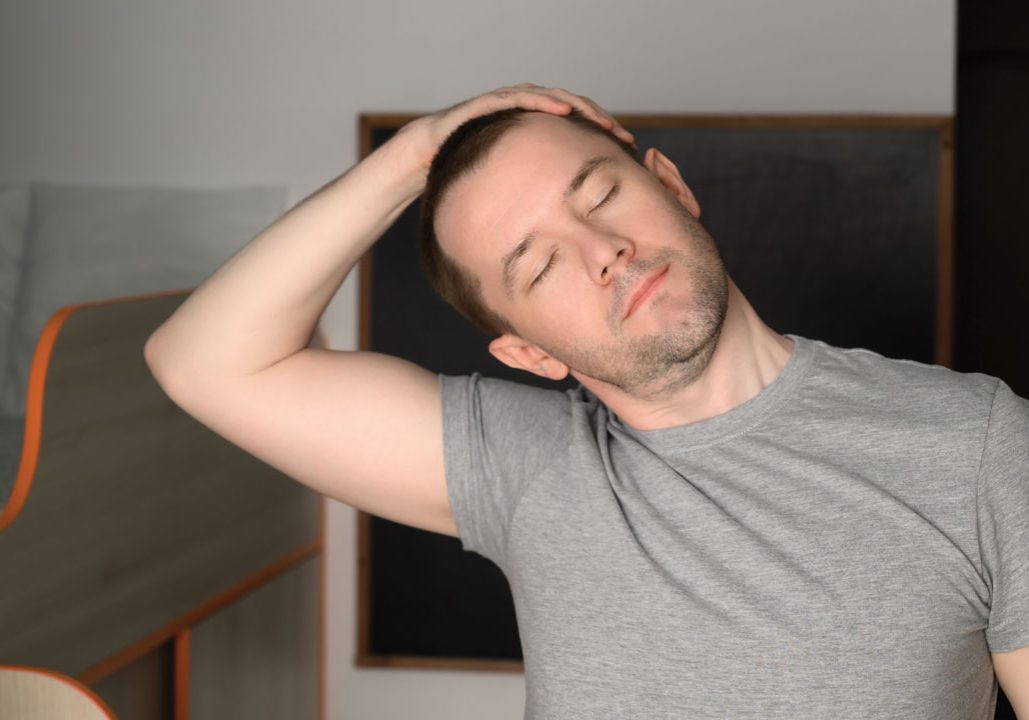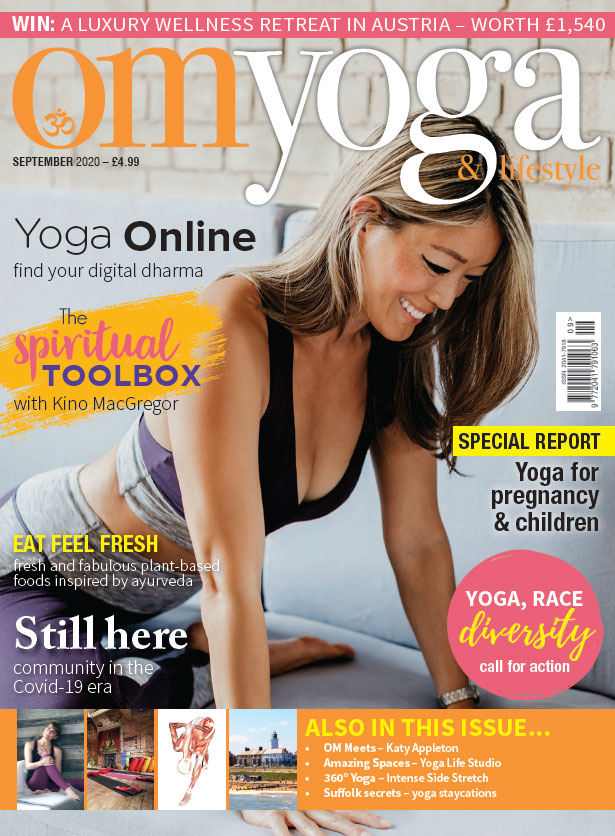
Secrets of Resilience
How to be more resilient. Essential tips for improving your ability to cope with the ups and downs of everyday life. By Andrew Wayfinder Hryniewicz
What is resilience? Simply put, resilience is the ability to bounce back, to thrive and to grow though life’s bumpy spots.
One way to think of it is like this. I was an architect in California where buildings had to survive earthquakes. To do that your building had to have three things: a stable, solid foundation; a strong, resilient structure; and a good connection between the structure and the foundation. With those three things, a building can handle an earthquake, wind and other loads without collapsing.
Similarly, a resilient person is someone whose life path has given them a strong, emotional foundation and a good structure (a well-regulated nervous system) so that no matter what happens (almost), they can deal with it and come back from it. I say 'almost' because with enough pressure, anyone can be pushed beyond their limits. Resilience does not mean indestructible.
Being more resilient
Are there things you can do to be more resilient?
Fundamentally, resilience is a trait created by the way your nervous system developed as you grew up.
Buddha famously said: “With our thoughts, we make the world.” And the way yoga and meditation focuses your mind reflects that insight. However, what psychology shows, before we can think, the world makes our thoughts.
The idea of resilience started with ‘problem’ children in schools who succeed. Against the odds, about a third of ‘at risk’ children grow up to be ‘competent, caring and confident adults’. So the question is: What allowed them to do that? It seems they had a strong bond with at least one supportive person as they were growing up, which helped them develop a grounded, stable, well-regulated nervous system, and a resilient personality.
That ‘resilient’ personality has a positive attitude, is optimistic, is emotionally aware with good emotional self-control, and has a positive view of life's events (i.e. you didn't ‘fail’, you just learned what didn't work). So, it seems, as a child you either developed a resilient nervous system or you didn’t.
Yoga & meditation
Sounds pretty bleak, doesn’t it? Fortunately, our brains are plastic. They can keep learning and developing throughout our lives.
So, even if you've been through experiences that left cracks in your emotional foundation, you can repair those cracks. And you can develop new, better pathways (responses and behaviours) at almost any age.
In fact, recent brain research supports the potential for yoga and meditation practices to change our nervous systems for the better. So, you definitely want to keep up (or develop) a yoga and a meditation practice. And in fact, in interviews with top performers in all fields, many say meditation is vital to their success.
(Remember though, it's not an instant fix. Like any exercise, it still takes time and effort to create those lasting changes.)

Quick fixes
Is there anything, then, you can do right away to increase your resilience?
Yes. Actually the single biggest thing is to be aware of how you are doing. That's because, basically, your body only knows two states: I'm safe, or I'm scared.
When you’re safe, life is good. You stay connected and engaged with people. (We are a social species so this is vital.) You can think straight, and your body’s systems run normally.
But, as soon as ‘I’m scared’ is triggered, you go into fight or flight, or even freeze mode. Stress hormones flood your body, wearing everything out, and your body's repair and maintenance systems shut down. You can't think straight and you want to hide and disconnect.
And, for all too many people, that scared feeling becomes so normal they don't realise they're in it.
Staying aware
So your first step is awareness. Ask yourself: ‘Am I above or below the line?’ Safe is above the line, scared is below. Stay aware of if, when, and how you've been triggered. The next step is what I call ‘cats and dogs’ (because you see cats and dogs doing this all day long.)
Two or three times an hour, just stop and yawn a few times (even if you have to fake it). Then stretch and roll your head and neck around very slowly. Brain scans show this simple activity washes stress and tension right out of your nervous system, so it's like pushing your own reset button.
And it’s so effective it's taught in top business schools to help future execs and CEOs deal with the stress and strain of the workaday life.
Vagus reset
The last step is the vagus reset. The vagus nerve coordinates the emotional response circuits in your body (your safe, fight or flight, or freeze circuits). And when you get triggered or stressed those systems can get locked up.
Here’s how you do the vagus reset:
1. Interlace your fingers and clasp your hands behind your head. Cradle your neck at the base of your skull. Keep your eyes open and your head perfectly still.
2. Look all the way to the left as far as you can for 30-60 seconds until you feel an internal shift, sigh or release.
3. Look all the way to the right, for 30-60 seconds, until you feel that same internal shift, sigh or release.
And then you're done.
A resilient lifestyle
So that's how you can push your body's reset button each day, moment by moment. But that's just dealing with the symptoms. The real long-term answer is teaching your nervous system a new way to respond. And these new ways of acting and responding is where meditation and yoga can be very, very powerful.
Is there anything else to know about resilience? Yes. You can always create a more resilient lifestyle. And that's a matter of understanding what stresses you're under now. What traumas you have experienced as a child which might have cracked your foundations. And how your current life supports (or does not support) your essential emotional needs.
It’s what I call the STUN model (Stress, Trauma, Unmet Needs.) And it looks at what’s going on now in your life and what to do to strengthen it. But it’s also quite a big topic. If you want to explore this area more, then there’s a worksheet and explanation available on the website below.
Andrew Wayfinder Hryniewicz, architect, psychotherapist and shaman, is an expert in the psychology of resilience, trauma recovery and peak performance. He started yoga in 1973, when he got a book on yoga for his 13th birthday. He's been meditating since 1990, after meeting a teacher in the Siddha Yoga tradition (andrewwayfinder.com)




